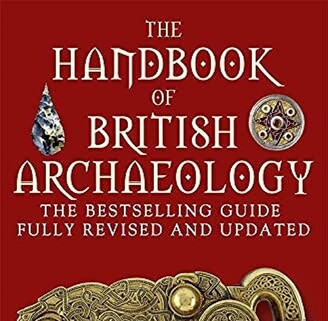In 1911, an extraordinary archaeological discovery was made in the small coastal town of Clacton-on-Sea (Essex, England). Samuel Hazzledine Warren, an amateur prehistorian who had been searching for simple stone tools in a Paleolithic sediment, discovered what he initially thought was a piece of animal antler.
But he soon realized it was a fragmented wooden spear tip, and he presented it to the Geological Society of London. For a long time, scholars doubted its authenticity, believing early hominids lacked the skills necessary to make a spear and relied on scavenging to obtain food. Warren’s discovery was even considered by some to be a snow probe used to find frozen carcasses.
However, the discovery of a circular hole in a horse scapula excavated in Boxgrove changed these views, as it was thought to have been made by a spear tip and is 100,000 years older than the Clacton spear.
The spear consists of a sharpened tip made from a yew branch. It was found broken into two main pieces, but when reconstructed, it was identified as a finely crafted wooden spear dating back over 400,000 years. This makes it the oldest known worked wooden tool.
…
The Clacton spear sparked a wave of research on ancient wooden artifacts across Europe. But it wasn’t until 1994 that another example as ancient of wooden tool-making was discovered at a major site in Germany called Schöningen. There, a treasure trove of wooden spears was found dating back 300,000-400,000 years, along with various animal bones from the slaughter of horses and other large game animals.


Meanwhile, the current MP for Clacton is the biggest tool in parliament!